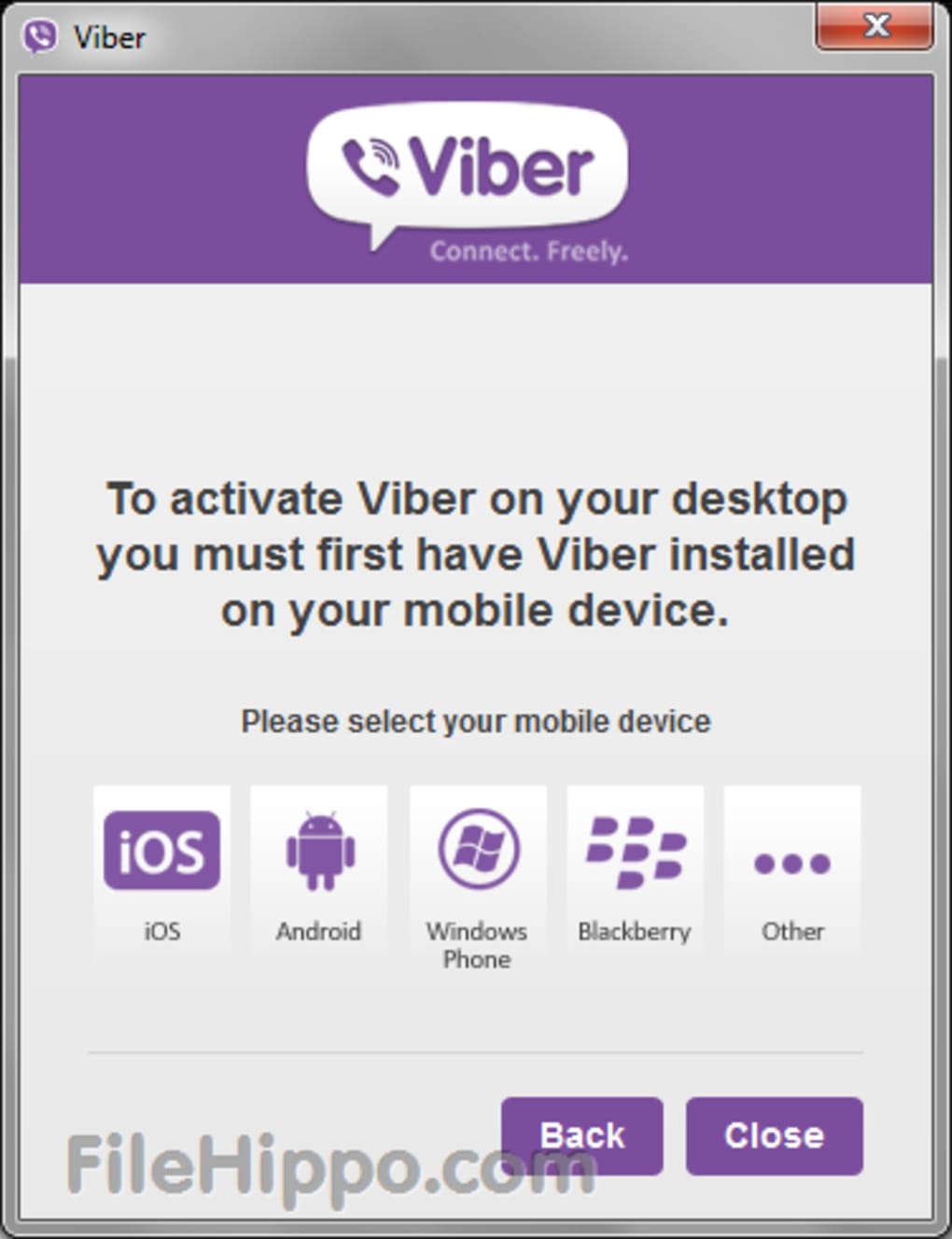
The second panel, ReadMe, provides users with more information about the package's payload. The Welcome panel appears when users start the session by double-clicking the package. Several panels make up a basic install session (Figure 1). Sequence of panels in a basic install session. Just go to the following URL to download your copy.:įtp./src/mactech/volume25_2009/25.06.sit Enter The Plug-Inįigure 1. Finally, it shows how to build a basic plug-in and test it in a basic package.Īs always, you can get a copy of the featured projects from the MacTech website. Next, it presents the plug-in template and its constituent files. Then, it describes the plug-in API defined by the amework. First, it explains how the plug-in fits into the basic install session. This article will give you the background you will need to write your own installer plug-in. To handle those cases, you may need an installer plug-in. Yet, there are cases where you may find these approaches inadequate. To prepare the target to receive the payload, you use an action or an install script. For instance, to check if the target is the right one for the payload, you use a requirements script.

Up to now, you know two ways to customize an install session.

sharing your location with another contact option,.Viber Out feature for calls to landlines, including international,.communities of interest (the “Interesting” button in the main menu),.It is actively engaged in updating and improving the application. To date, the owner of the messenger is the company Rakuten. The first app called “Viber” was released back in 2010, and was designed only for Apple mobile devices, and 3 years later Viber became available for all operating systems and devices.Īs of 2023, the number of users of the application has exceeded the figure of 1 billion people, indicating the popularity and convenience of the program.


 0 kommentar(er)
0 kommentar(er)
